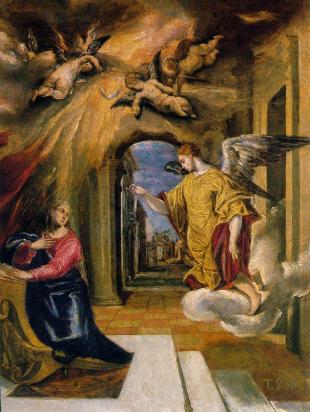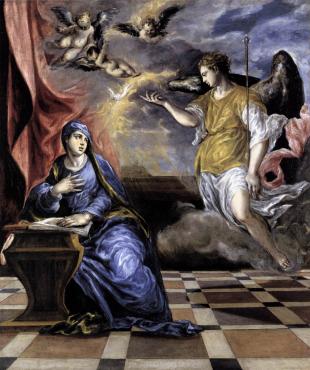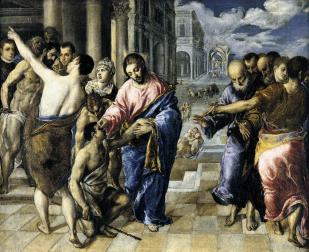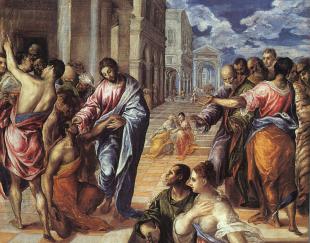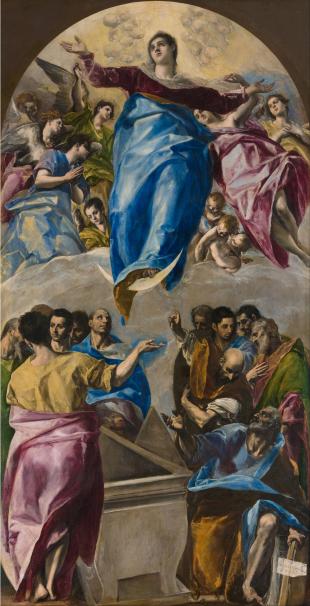Art and the Religious Image in El Greco's Italy
Andrew R. CasperArt and the Religious Image in El Greco’s Italy is the first book-length examination of the early career of one of the early modern period’s most notoriously misunderstood figures. Born around 1541, Domenikos Theotokopoulos began his career as an icon painter on the island of Crete. He is best known, under the name “El Greco,” for the works he created while in Spain, paintings that have provoked both rapt admiration and scornful disapproval since his death in 1614. But the nearly ten years he spent in Venice and Rome, from 1567 to 1576, have remained underexplored until now. Andrew Casper’s examination of this period allows us to gain a proper understanding of El Greco’s entire career and reveals much about the tumultuous environment for religious painting after the Council of Trent.
Casper’s analysis portrays El Greco as an active participant in some of the most formative artistic discussions of his time. It shows how the paintings of his early career explore the form, function, and conception of the religious image in the second half of the sixteenth century, and how he cultivated artistic fame by incorporating aspects of the styles of Michelangelo, Titian, and other contemporary masters. Beyond this, El Greco’s paintings bear the marks of an artist attentive to theoretical speculation on the artistic process, the current understandings of the science of optics and perspective, and the role of Roman antiquity for Christian ideology. All of these characteristics demonstrate El Greco’s unique understanding of the merger of artistic craft with devotional intent through what Casper terms the “artful icon.”
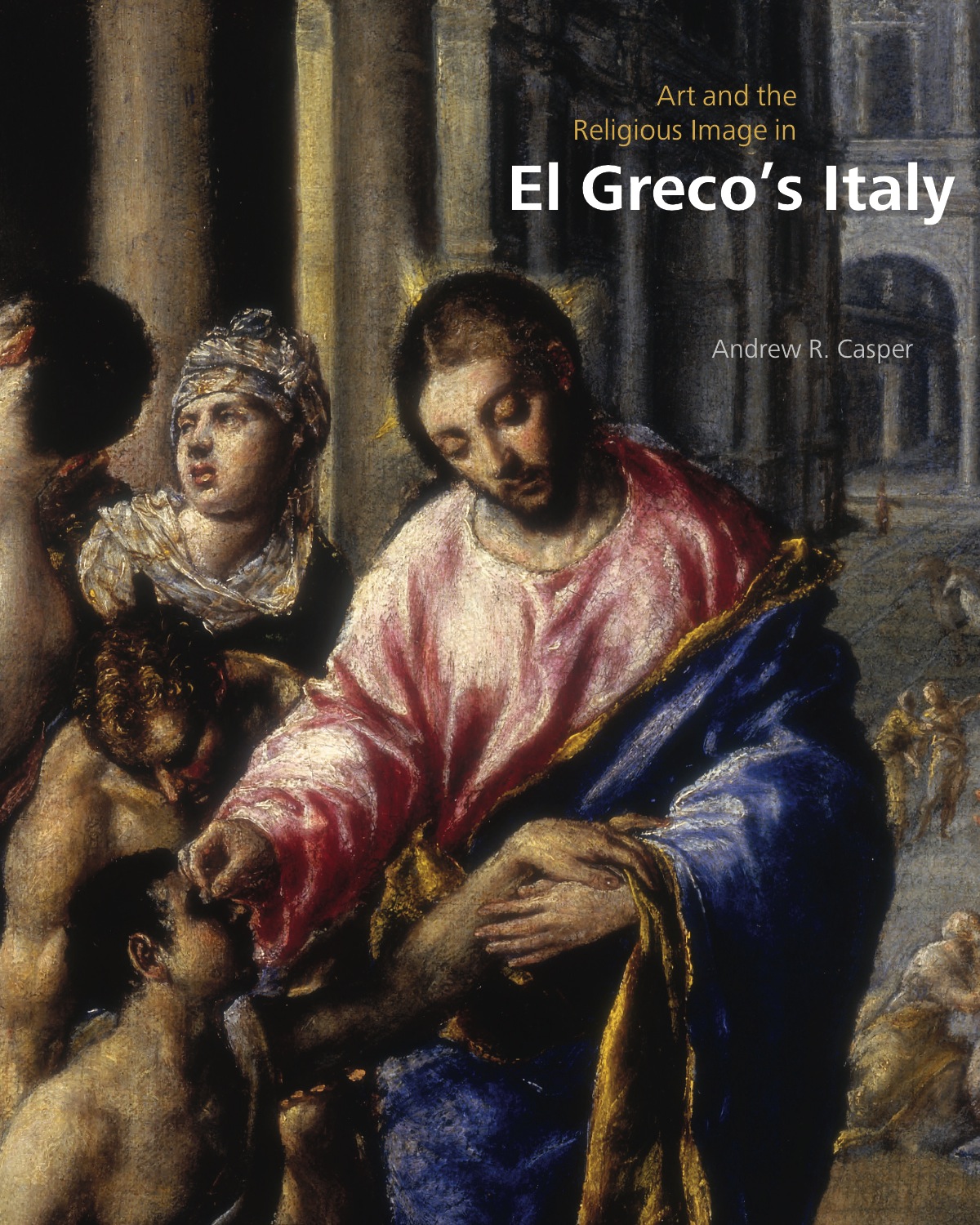
2014
- $79.95 cloth, 978-0-271-06054-5
- $14.95 ebook, available from Amazon, Google Play, or the iTunes Store.
- 236 pages
- 84 illus, 50 in color, 8 x 10 in.
Content Excerpt
About the Media
Andrew R. Casper's Art and the Religious Image in El Greco's Italy is the first book-length examination of the early career of one of the early modern period’s most notoriously misunderstood figures. These images, featured in Casper's work, are captioned with quotes from the book.
